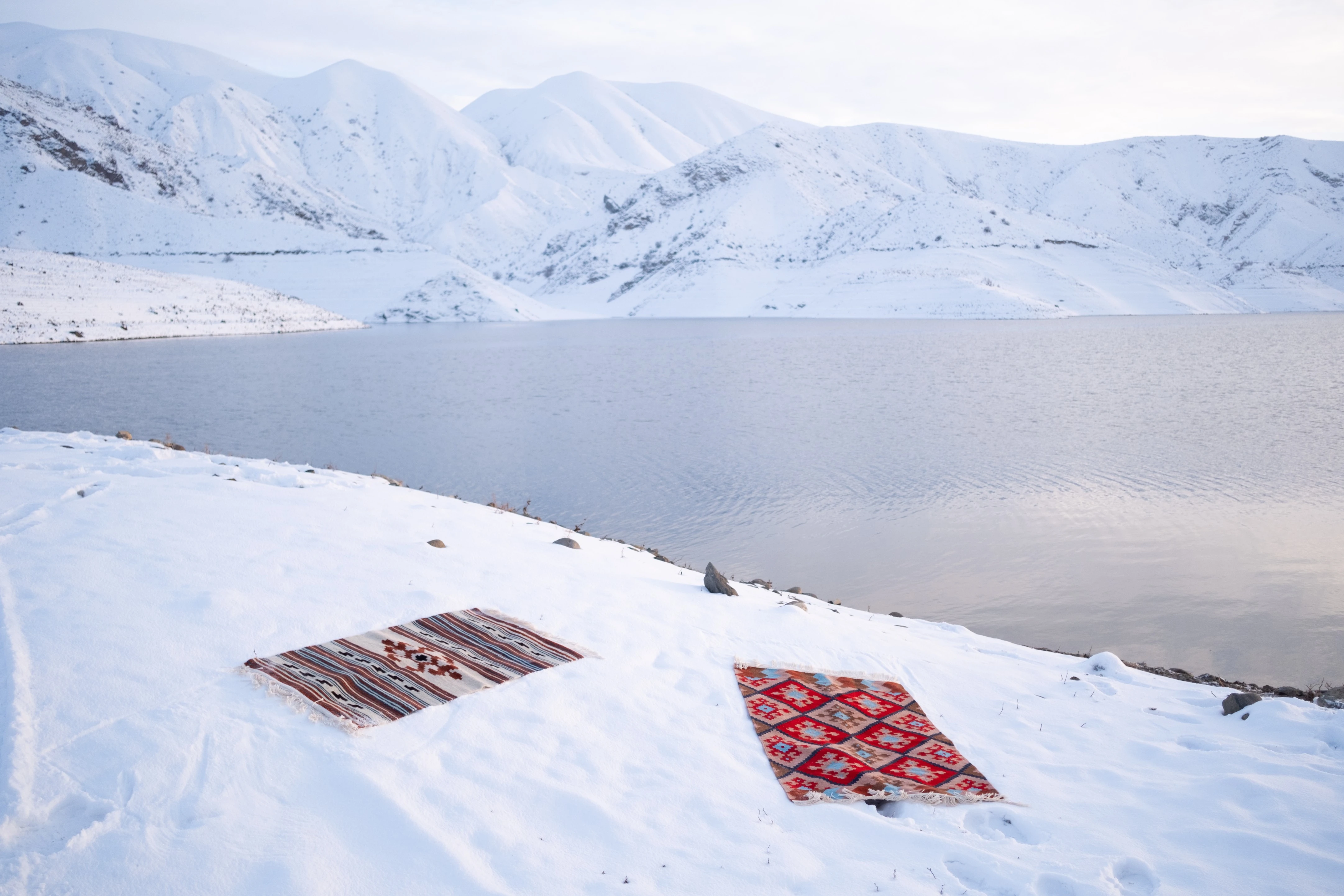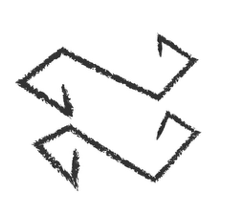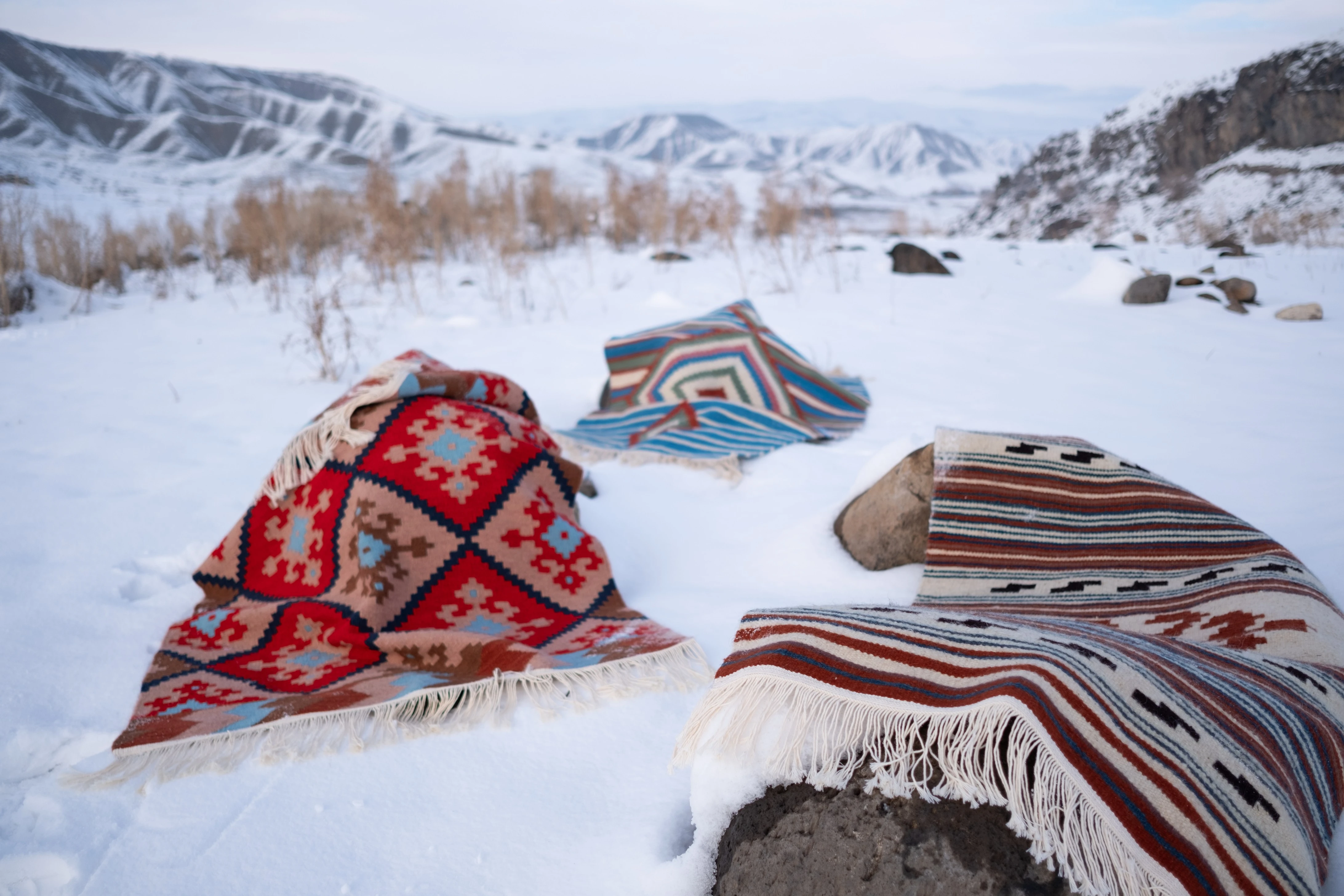When I moved to Yerevan from Los Angeles eight years ago, I understood very quickly that within me exists a profound love and respect for Armenian rugs. Perhaps my homecoming awakened something that lives within many Armenians – the understanding that rugs are not simply objects of aesthetic beauty, but of divine energy, and that they bear coded information, stories, beliefs, and messages.
It’s no exaggeration to say that in the past, Armenians considered rugs sacred. In Gandzak, Armenians gave birth on rugs. Up until the early 20th century, Armenian villagers wrapped the deceased in flat woven rugs before surrendering them back to the earth, a practice dating to the Bronze Age. The rug makers I meet today remember the time when nearly every home in towns and villages across Armenia had looms, when rugs were woven for personal use as well as to mark major life events – a marriage, a birth, a death. Rugs are not just symbols of life for Armenians. They are life itself.
Outside historic Armenia, meanwhile, Armenian rugs were revered for their quality and colors. But Armenians’ lack of statehood for centuries meant that the rugs they created were often misattributed to others once they were cut from their highland looms.
Then came the Armenian Genocide, an unspeakably horrific blow to millennia of Armenian civilization, including traditional rug making practices.
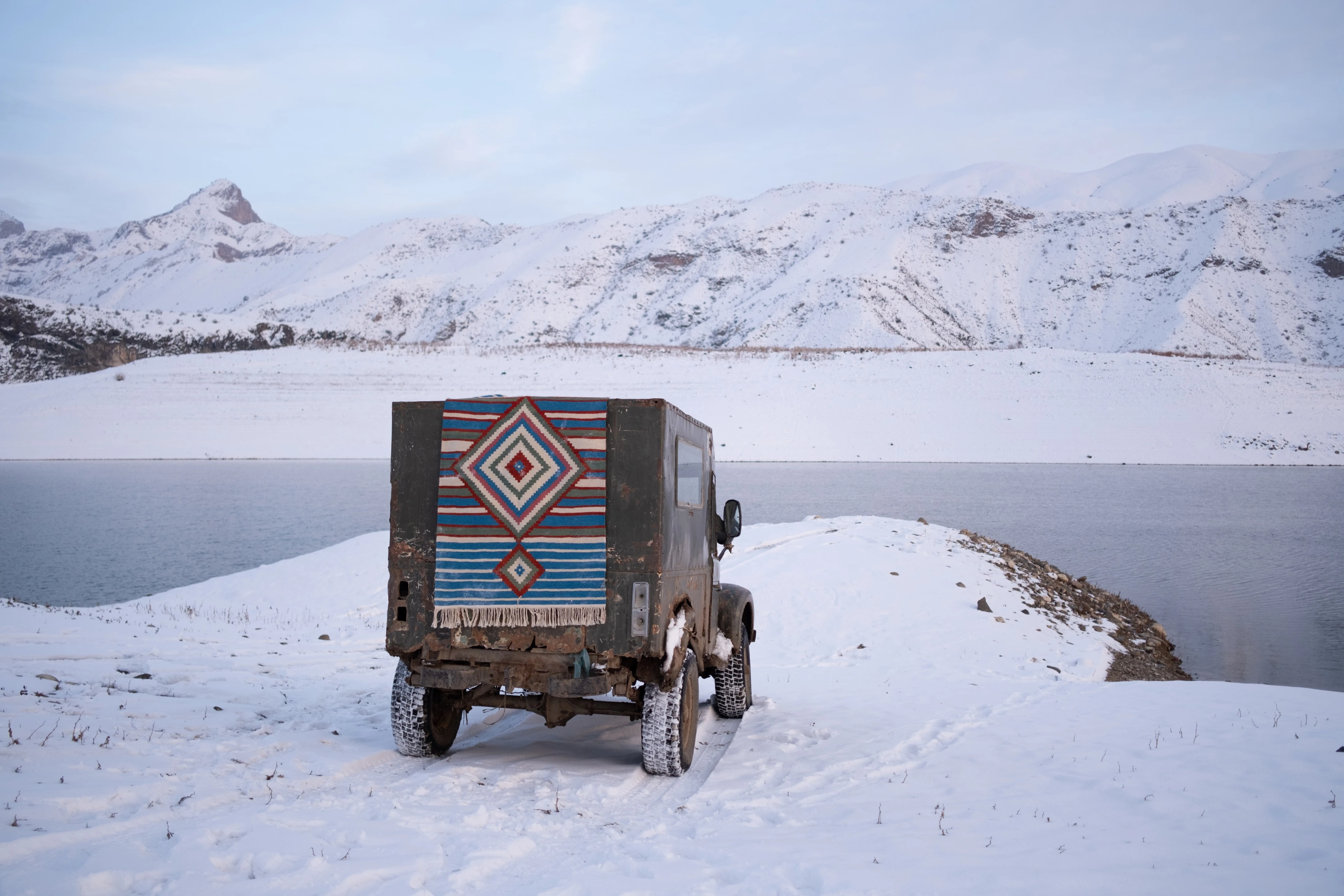
The tragic reality is that this once widespread artistic and spiritual practice is on the verge of disappearing from Armenia’s villages today. Everywhere I go, everyone I speak to says the same thing: no one weaves in Armenia anymore. Young people in particular are not interested in taking up rug making, because it’s not seen as a way to create a prosperous living. Those who do know how to weave don’t, because they lack the visibility necessary to reach customers.
I created The Rug Code to make purchasing an Armenian rug directly from village-based weavers an easy and transparent process. Our mission is simple: deliver high-quality, handmade rugs from Armenia to shoppers around the world, sharing where our rugs come from, what they’re made of, who makes them, and what their ornaments represent, all in a transparent way.
There’s a very serious lack of transparency in the Armenian rug market today. The Vernissage market specifically, a popular place to purchase rugs in Yerevan, is saturated with foreign products. They’re brought from other countries, where it’s less expensive to produce rugs, and resold as “Armenian.” I know this for a fact, because I myself have been sold rugs at Vernissage that are not Armenian or handmade.
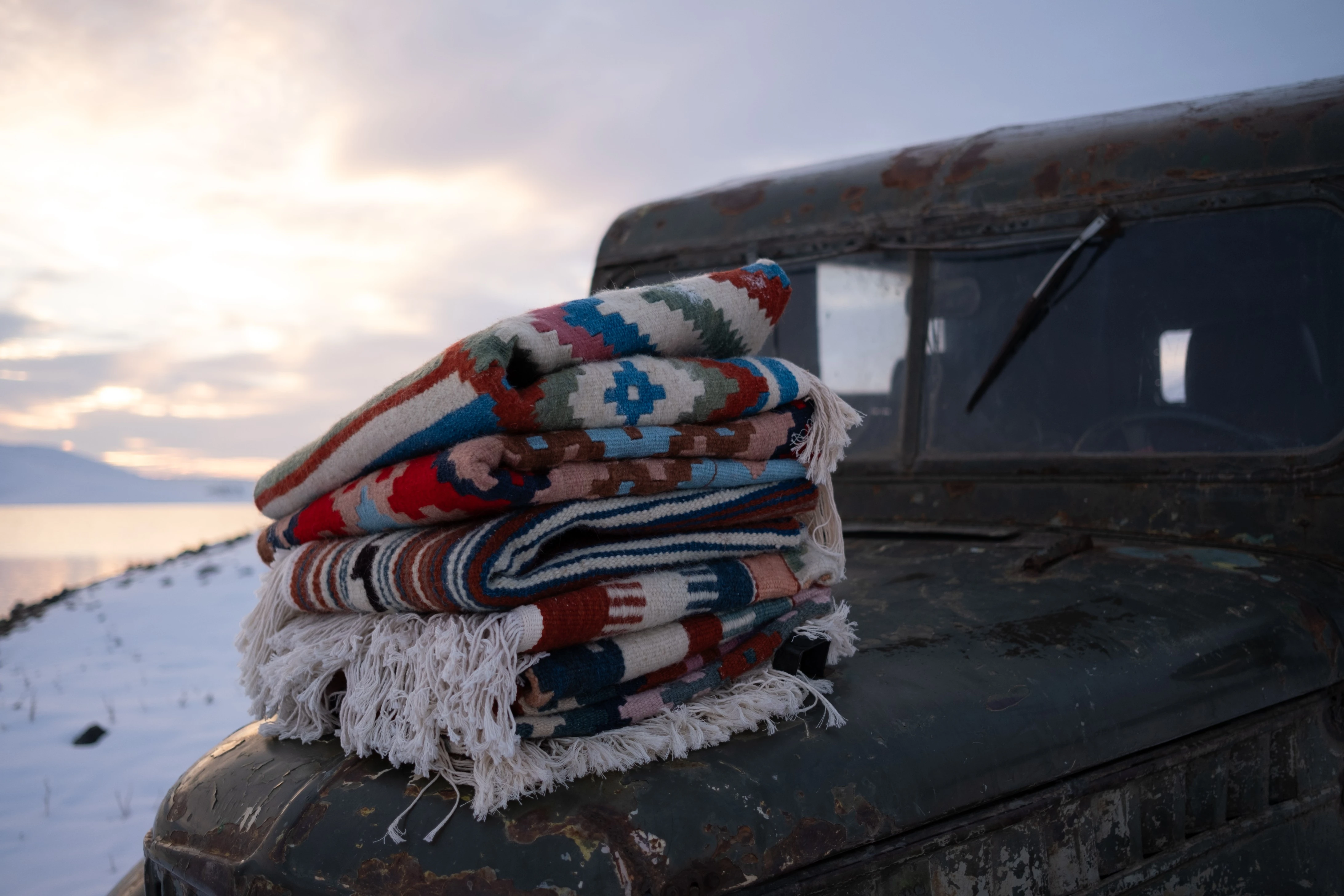
My hope, first and foremost, is that The Rug Code will bring Armenia’s top rural weavers the visibility they deserve, and that your purchases will keep this practice alive in the country’s villages. My second hope is that a new generation of Armenians and non-Armenians will be introduced to Armenia’s enormously rich rug making heritage. Armenian rugs and rug ornaments cannot be misattributed, and shoppers cannot be deceived, if we’re all equipped with the knowledge necessary to identify and decode. The Rug Code is in many ways an extension of the tremendous amount of work and advocacy done by countless rug scholars, collectors, and admirers before us, namely the Armenian Rugs Society, without whom many of Armenia’s historic rugs would not be identified as Armenian today.
I’d like to express my heartfelt thanks to Creative Armenia's Artbox Program, the AGBU Katapult Program, Diana Hovhannisyan and Levon Der Bedrosian from the Folk Arts Hub Foundation, Tim Straight from the Homeland Development Initiative Foundation, Lilia Avanesyan and Astghik Israyelyan from the History Museum of Armenia, Arto Tavukciyan from Hye Antiques, Hratch Kozibeyokian from the Armenian Rugs Society, Hayk Oltaci and Mariam Nalbandyan from Woolway Armenia, Nairi Khachadourian and the AHA collective, Tsoleen Sarian, Zareh Zurabyan, Melisa Darret, Gevork Poghosyan, Lilit Darbinyan, Misha Poghosyan, Nar Levoni, Angel Keusseyan, Valentin Chesneau-Daumas, Birthright Armenia, Armenian Volunteer Corps, Impact Hub Yerevan, and everyone at ONEArmenia including Astghik Sayadyan, Sofya Khachatryan, Patrick Sarkissian, and Anahit Nazaryan for their invaluable support in helping me build The Rug Code.
I hope the rug stories and codes on this website bring a little ancient magic from Armenia to you wherever you are, and that you’re inspired to join us in breathing new life into Armenian rug making.
Welcome to The Rug Code.
Warmly,
Kyle Khandikian
Founder
